Flavor of Arabia
Location : Saudi Arabia - Riyadh
It is well known how huge is Saudi, though we do consider our distance management carefully while building a compacted itinerary to allow our guest to gain the best value of their vacation tour.
Cultural, arkeological, Nature and bit of adventure are the standing pillars of this program.
We start up our tour with full introduction about Saudi recent history by covering the capital city of Riyadh and surrounding. Following the ancient trade roads of Silk, Incense and Spices among our journey through the northern part of the country with endless amount of surprises to be discovered, stay fit for a bit of hiking through some wonderful canyons. Flying far to the south to discover the beauty of Abha wild forest’s nature. The jewel of the Red Sea, heart of Arabia, Jeddah City telling all stories of the Arabian Peninsula is where we start our lifetime friendship.
Program ( 11 days )
-
Day 1
Arrival in Riyadh
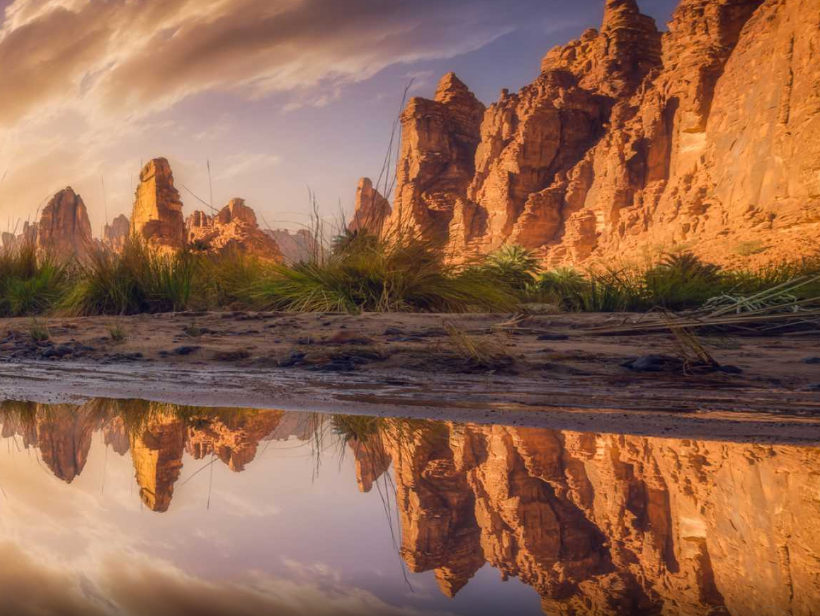 Meet & assist upon arrival to Riyadh Airport, the capital of Saudi Arabia.
Meet & assist upon arrival to Riyadh Airport, the capital of Saudi Arabia.
Today we will start our tour visiting Murraba palace, among the most important palaces built by King Abdul-Aziz. this Palace was to accommodate his family, it was built on the local traditional Najid style by using local building material only.
Then visit the Masmak museum, Enjoy, step back in time and explore Saudi Arabia’s roots. A short documentary also re-enacts the capture of the fortress by King Abdul Aziz, whose spearhead you can still see embedded in its wooden gate.
Dira Souq is famous for its variety of old copper and brass objects including silver daggers, silver Bedouins Jewelry and dresses. While entering from the main access point, visitors always smell sandal wood fragrance. Dira Souq is a great place to purchase antique carpets and other useful Saudi heritage antiques.
Then visit The National Museum of Saudi Arabia. Established in 1999, It is part of the King Abdul-Aziz Historical Centre in Riyadh.
Overnight at Riyadh hotel.
-
Day 2
Riyadh - Hail
 Today we fly to Hail. For centuries, Hail has been the gateway to the desert. Pilgrims from the north on their way to Mecca and Medina met here with traders who were on their way to the Middle East from the south of the Arabian Peninsula. From the city you can see the Aarif citadel on a mountain. This mud fort was built in the 17th century by the Al-Ali family and further modified by subsequent rulers. Throughout the city there are various forts and palaces that now mainly serve as museums or libraries. Some of these monuments back to the Ottoman ruling. Visit the Earif Fort and the Qashlah Fort, where the latter can only be viewed from outside.
Today we fly to Hail. For centuries, Hail has been the gateway to the desert. Pilgrims from the north on their way to Mecca and Medina met here with traders who were on their way to the Middle East from the south of the Arabian Peninsula. From the city you can see the Aarif citadel on a mountain. This mud fort was built in the 17th century by the Al-Ali family and further modified by subsequent rulers. Throughout the city there are various forts and palaces that now mainly serve as museums or libraries. Some of these monuments back to the Ottoman ruling. Visit the Earif Fort and the Qashlah Fort, where the latter can only be viewed from outside.
There is no shortage of ancient places in Saudi Arabia, continue to the northern and arrive to the archaeological site of Jubbah. A large variety of petroglyphs can be admired at Um Sinman mountain and the surrounding mountains. The most important group of petroglyphs dating to around 7000 BC and is a UNESCO World Heritage Site.
Overnight Hail.
-
Day 3
Hail - Al Ula
 After breakfast we drive to Al Ulla, the birthplace of two ancient Arabian kingdoms. During the 1st millennium BC, Al-Ulla saw the rise of the ancient city of Dadan that became the capital of two successive kingdoms, Dadan and Lihyan, that ruled over the northwest of the Arabian Peninsula.
After breakfast we drive to Al Ulla, the birthplace of two ancient Arabian kingdoms. During the 1st millennium BC, Al-Ulla saw the rise of the ancient city of Dadan that became the capital of two successive kingdoms, Dadan and Lihyan, that ruled over the northwest of the Arabian Peninsula.
A small fort still stands in the middle of the Heritage Village of Al-Ulla and is known as Musa Ibn Nusayr Fort. It was probably a fortified structure as early as the Dadanite or Lihyanite times as some Dadanitic inscriptions were carved on the rock where the fort was built.
Al-Ula Heritage Village (ghost town), also known as Ad-Deerah, is the traditional Arabian village where people of the oasis moved some 8 centuries ago and inhabited until the 20th century. It was built on a higher part of the valley in order to be clear from the floods that can occur during the raining season. At its maximum expansion the town contained over 1 000 houses that were built adjacent to one another thereby forming a wall around the town to defend the population.
Overnight in Hegra camp.
-
Day 4
Hegra
 Hegra is the most iconic historical site of the Kingdom of Saudi Arabia and the first to be listed as a UNESCO Word Heritage, back in 2008. The Nabateans, called it Hijra (as it appears in some ancient inscriptions at the site), and the Romans used to call it Hegra.
Hegra is the most iconic historical site of the Kingdom of Saudi Arabia and the first to be listed as a UNESCO Word Heritage, back in 2008. The Nabateans, called it Hijra (as it appears in some ancient inscriptions at the site), and the Romans used to call it Hegra.
The Nabatean Kingdom
The Nabatean people were Arab merchants actively involved in the frankincense trade originating from ancient Yemen from which they gained their great wealth. The Nabatean Kingdom developed from the 2nd century BC until the beginning of the 2nd century BC.
The extensive settlement of the site took place during the 1st century AD, when it came under the rule of the Nabatean king Aretas IV Philopatris (Al-Harith IV) (9 – 40 BC), who made Hegra the kingdom's first capital, before Petra, located 500 kilometers to the north.
In the early 19th century BC the Ottomans built a railway station at Hegra that was along the Hejaz Railway linking Damascus to the holy city.
Continue to Tabuk for Overnight.
-
Day 5
Tabuk - Desi Valley – Duba - AlBade
 Tabuk Province has some of the richest history of the whole Arabian Peninsula and deserves a museum to highlight its heritage. Since 2019 visitors have been able to admire some fascinating artifacts exhibited in the old Hijaz Railway Station in Tabuk city that was refurbished for this purpose. The elegant building has the architecture of early twentieth and twenty-first centuries mixing together to offer a journey from prehistory to modern times and even into the future, with the city of Neom that will soon rise in Tabuk Province.
Tabuk Province has some of the richest history of the whole Arabian Peninsula and deserves a museum to highlight its heritage. Since 2019 visitors have been able to admire some fascinating artifacts exhibited in the old Hijaz Railway Station in Tabuk city that was refurbished for this purpose. The elegant building has the architecture of early twentieth and twenty-first centuries mixing together to offer a journey from prehistory to modern times and even into the future, with the city of Neom that will soon rise in Tabuk Province.
Continue to the natural jewel of Saudi Arabia, Wadi Qaraqir - also known as Wadi Desi - is a 15-Km-long canyon running through the Jebel Qaraqir, a heaven palm oasis with crystal clear running water. This natural wonder was for a long time a well-kept secret among explorers, before the road leading to the nearby city of Desi was built and satellite images were available to the public, which made it quite difficult to find and reach. Today, this natural wonder has become one of the must-see places in Saudi Arabia.
Visit of Duba city by the Red Sea to visit the fish market and continue to AlBade.
Overnight in AlBade hotel.
-
Day 6
Ras Al-Sheikh Hameed – Magna - Tayeb Ism - Medyan - Tabuk
 The western tip of Mainland Saudi, Ras Al-Sheikh Hameed is a beautiful sandy cape located in Tabuk Province, at the junction between the Red Sea and the Gulf of Aqaba. The sand banks of the Ras Al-Sheikh Hameed used to be the westernmost point of the Kingdom of Saudi Arabia until the cession of Tiran Islands by Egypt to Saudi Arabia in 2017. Thus, it is today only the westernmost point of the Saudi Arabian mainland.
The western tip of Mainland Saudi, Ras Al-Sheikh Hameed is a beautiful sandy cape located in Tabuk Province, at the junction between the Red Sea and the Gulf of Aqaba. The sand banks of the Ras Al-Sheikh Hameed used to be the westernmost point of the Kingdom of Saudi Arabia until the cession of Tiran Islands by Egypt to Saudi Arabia in 2017. Thus, it is today only the westernmost point of the Saudi Arabian mainland.
Maqna (The wells of Moses) is a charming coastal town located on the Gulf of Aqaba that faces Egypt and the Sinai mountains, clearly visible from it. But the town is famous for its wells that witnessed an important episode in the life of the Prophet Moses.
Tayeb Ism (The valley of Moses) is one of the magical natural wonders of Saudi Arabia that takes visitors by surprise. This incredible natural feature of Tabuk Province is located on the Gulf of Aqaba, just 15 Km north of the coastal town of Maqna.
Dated back to the end of the 2nd millennium BCE, Medyan is known for being the place where the Prophet Moses sought refuge after fleeing Egypt. There he met the Prophet Jethro who recognized in Moses a pure soul and gave him one of his daughters. Moses then lived for ten years with his wife and father-in-law in Medyan before returning to Egypt to free its people from the Pharaoh Ramses II.
Overnight in Tabuk hotel.
-
Day 7
Tabuk - Abha
 Early flight to Abha, the capital of the province of Asir in the southwest of the country. With a location at 2200 meters, there is a milder climate in Abha than in other parts of the country. Because rain can fall all year round, the city is also a popular destination for Saudi tourists. Another advantage of the climate and altitude is that soil in Asir is very fertile. The tastiest fruit and the best grain and maize of the entire country would be grown there. Abha has long been able to resist external influences and thus its own architectural style and identity remains intact. Especially in the outskirts of Abha you can see centuries-old mud and stone houses with striking white decorations around the top. The population of Abha differs from other parts of the country. For example, the women dress with abayas decorated with detailed embroidery and the men sometimes wear colorful pants. The jewelry that the women wear also reflects the social status. Today there is time to explore Abha and visit a local museum.
Early flight to Abha, the capital of the province of Asir in the southwest of the country. With a location at 2200 meters, there is a milder climate in Abha than in other parts of the country. Because rain can fall all year round, the city is also a popular destination for Saudi tourists. Another advantage of the climate and altitude is that soil in Asir is very fertile. The tastiest fruit and the best grain and maize of the entire country would be grown there. Abha has long been able to resist external influences and thus its own architectural style and identity remains intact. Especially in the outskirts of Abha you can see centuries-old mud and stone houses with striking white decorations around the top. The population of Abha differs from other parts of the country. For example, the women dress with abayas decorated with detailed embroidery and the men sometimes wear colorful pants. The jewelry that the women wear also reflects the social status. Today there is time to explore Abha and visit a local museum.
-
Day 8
Abha - Jeddah
 We start the day by visiting the local market where you can find all the famous delicacies from the region. Just outside Abha is Al Soodah Park, a beautiful nature reserve that is part of the Asir Mountains. The highest mountain in Saudi Arabia, the Jabal Soodah, lies at 2995m in the park. With all the greenery, the different terraces and special vegetation, it is a unique area in Saudi Arabia, a country that is mainly known for its desert and high temperatures. Then you will continue to the wonderful UNESCO World Heritage village of Rijal Al Maa. which has been an important stopping place for centuries for travelers from the Levant and Yemen to Mecca and Medina. About 60 buildings are characterized by white windows and eaves.
We start the day by visiting the local market where you can find all the famous delicacies from the region. Just outside Abha is Al Soodah Park, a beautiful nature reserve that is part of the Asir Mountains. The highest mountain in Saudi Arabia, the Jabal Soodah, lies at 2995m in the park. With all the greenery, the different terraces and special vegetation, it is a unique area in Saudi Arabia, a country that is mainly known for its desert and high temperatures. Then you will continue to the wonderful UNESCO World Heritage village of Rijal Al Maa. which has been an important stopping place for centuries for travelers from the Levant and Yemen to Mecca and Medina. About 60 buildings are characterized by white windows and eaves.
Continue to catch or evening flight to Jeddah.
-
Day 9
Jeddah
 Today we enjoy Jeddah, which means grandmother, a name given to the city based on the belief that Eve, the grandmother of humanity would be buried there. Jeddah is the commercial heart of Saudi Arabia and traditionally the port where pilgrims from all over the Islamic world arrive on their way to Mecca and Medina.
Today we enjoy Jeddah, which means grandmother, a name given to the city based on the belief that Eve, the grandmother of humanity would be buried there. Jeddah is the commercial heart of Saudi Arabia and traditionally the port where pilgrims from all over the Islamic world arrive on their way to Mecca and Medina.
Discover the Red Sea corniche, along the boulevard are various statues of famous artists such as Miró, Baldaccini and Moore.
-
Day 10
Jeddah
 Visit to some of Jeddah’s most captivating old Ottoman houses. The old quarter is a UNESCO World Heritage Site and is known for its coral-built houses. The Nasif house is one of the few historic buildings that have been restored and now serve as a museum. You walk further through the old town and visit the Al Alawi Souq, the market that winds through the old neighborhoods and where products such as incense, jewelry, coffee and clothing are sold. The art collection of Abdulraouf Khalil is exhibited in the Al Tayebat museum, the museum includes items from the pre-Islamic period, furniture and traditional clothing from different regions of the country.
Visit to some of Jeddah’s most captivating old Ottoman houses. The old quarter is a UNESCO World Heritage Site and is known for its coral-built houses. The Nasif house is one of the few historic buildings that have been restored and now serve as a museum. You walk further through the old town and visit the Al Alawi Souq, the market that winds through the old neighborhoods and where products such as incense, jewelry, coffee and clothing are sold. The art collection of Abdulraouf Khalil is exhibited in the Al Tayebat museum, the museum includes items from the pre-Islamic period, furniture and traditional clothing from different regions of the country.
-
Day 11
Departure Jeddah
 Today you fly back home.
Today you fly back home.
Activities
- Adventure
- Exploring
Following things are included
- All transfer and transportation with A/C bus or car.
- All nights’ accommodation F/B at selected category hotel.
- English speaking tour leader/driver.
- All entrance fees in Saudi as listed in itinerary.
- All Taxes.
- All Dinners
Following things are Excluded
- Visa cost to Saudi.
- All Lunches.
- Drinks during meals.
- Domestic Flight.
- Tips.
- Any personal expenses.
- Anything not mentioned in the Include items.


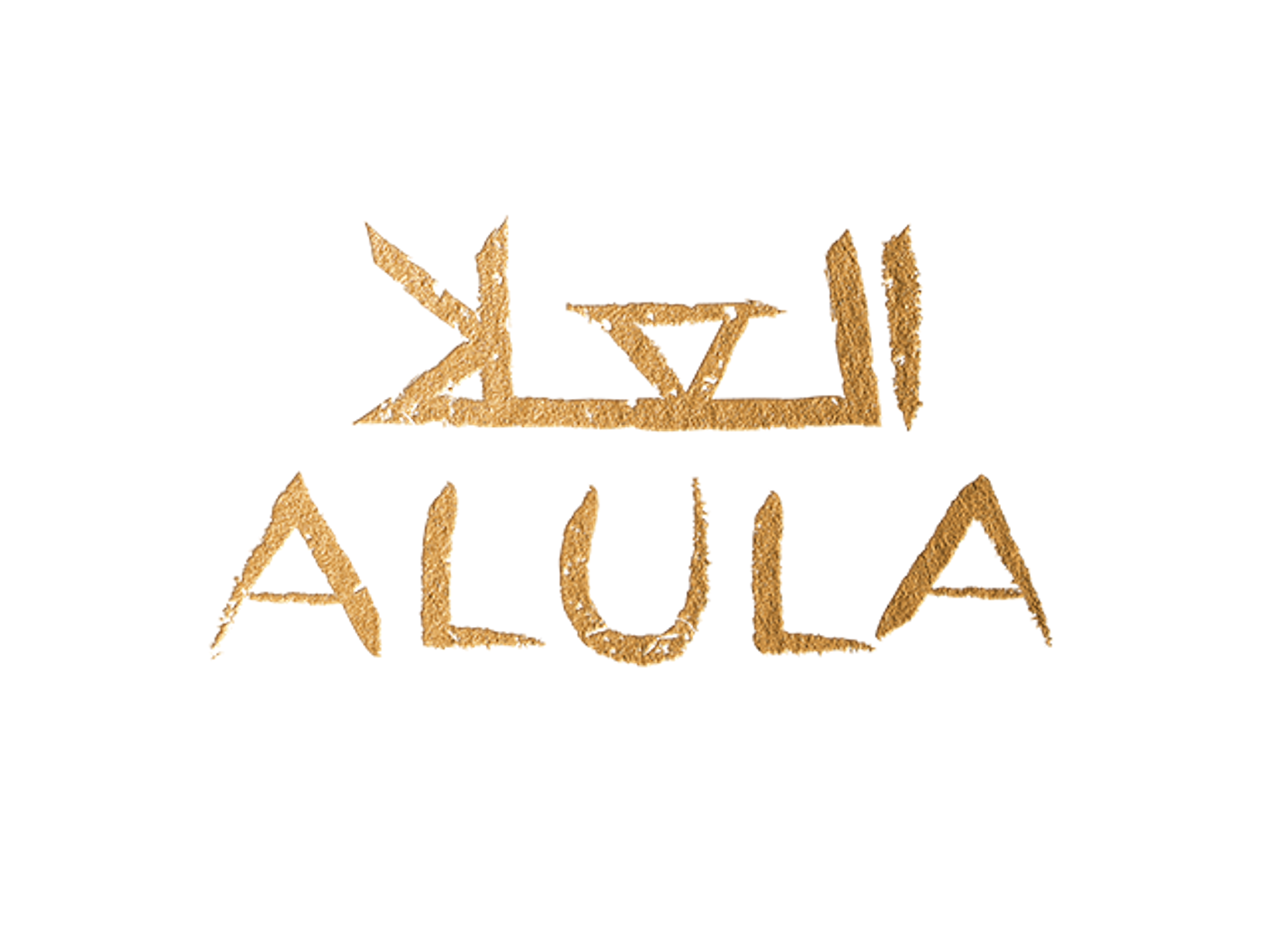
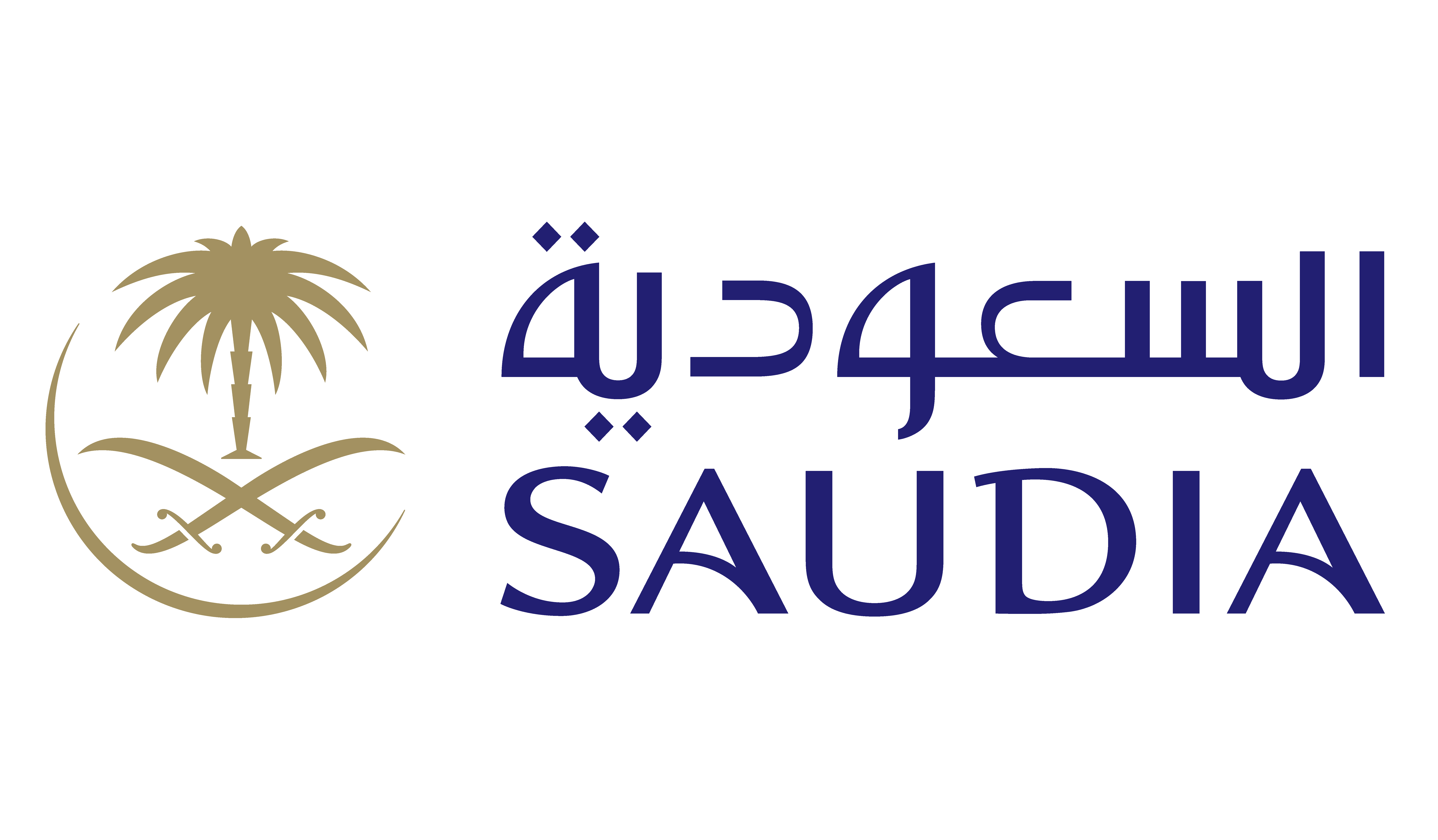


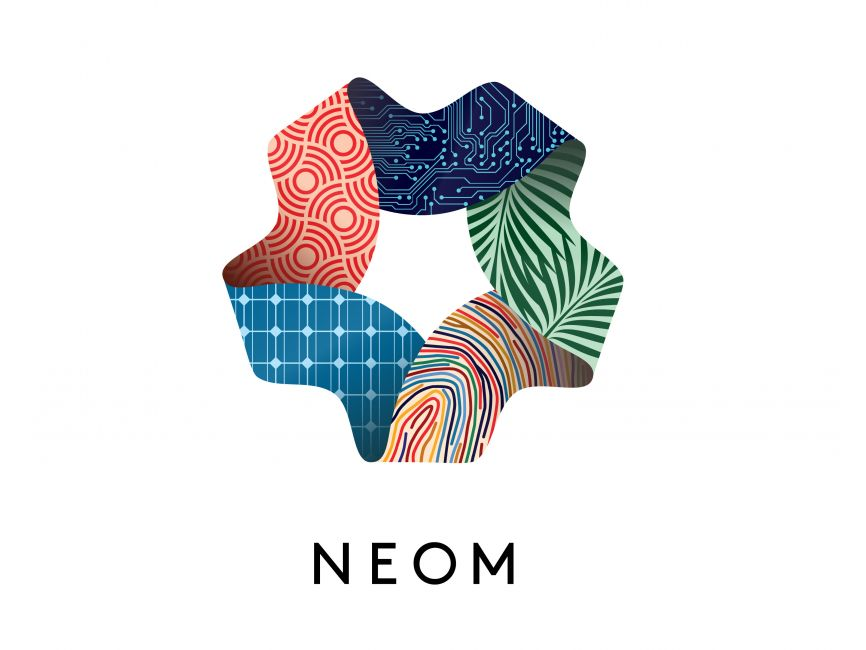
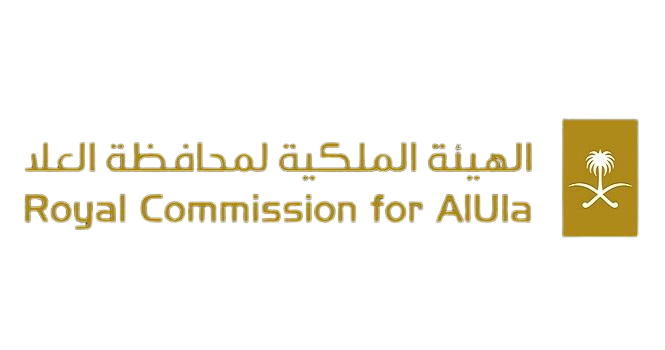
1021517daeb271a3064bfde286be5f0e12e417.jpg)

9573769fae268a382f75cde81f59603e9b35d.png)


